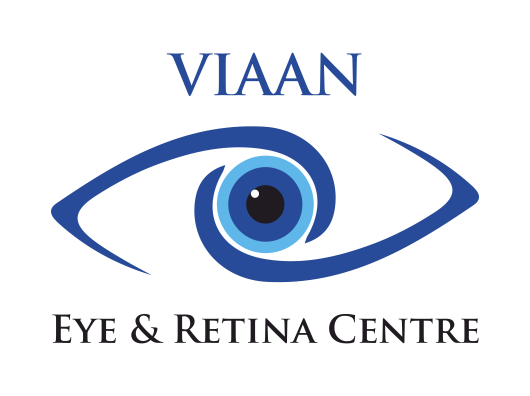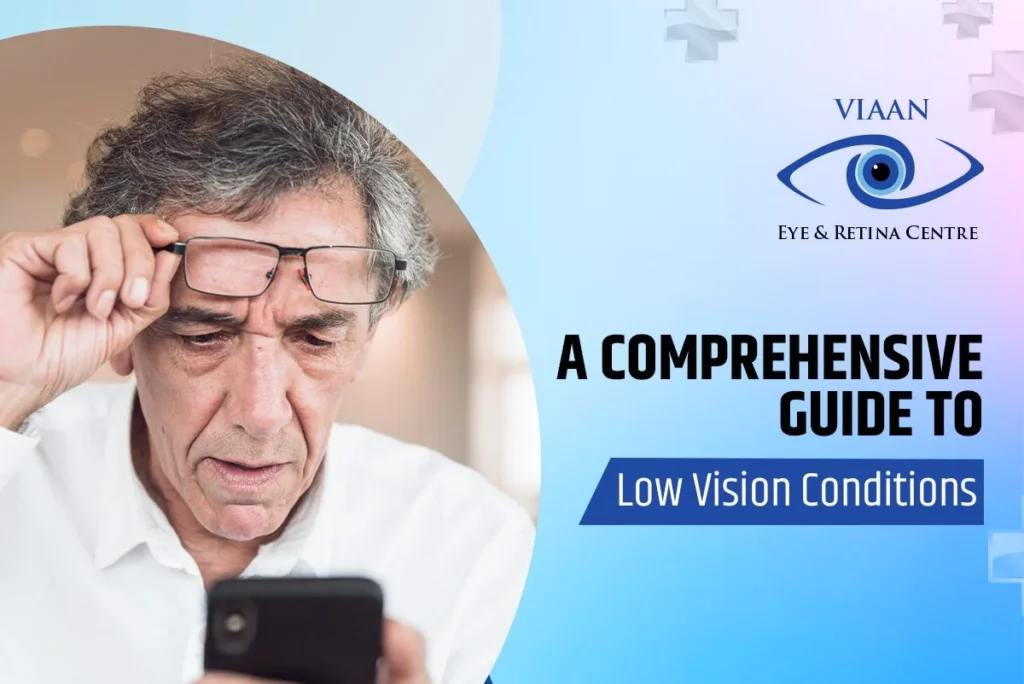Living with low vision can present unique challenges, affecting every aspect of daily life from reading to navigating unfamiliar environments. Low vision encompasses a range of visual impairments that cannot be fully corrected with glasses, contact lenses, medication, or surgery. In this comprehensive guide, we’ll explore various low vision conditions, their causes, symptoms, and available aids and strategies to help individuals with low vision lead fulfilling lives.
Understanding Low Vision
Low vision refers to a significant visual impairment that interferes with daily activities despite the use of corrective measures. Unlike blindness, individuals with low vision retain some degree of sight, but it may be insufficient for performing tasks requiring normal vision. Low vision can result from various eye conditions, diseases, or injuries, and it often worsens with age.
Common Low Vision Conditions
- Age-related macular degeneration (AMD): AMD affects the macula, the central part of the retina responsible for sharp, central vision. It can lead to blurred or distorted vision, making it difficult to read, recognize faces, or drive.
- Glaucoma: Glaucoma damages the optic nerve, typically due to elevated pressure within the eye. This condition often progresses slowly and can result in peripheral vision loss, leading to tunnel vision or complete blindness if left untreated.
- Diabetic retinopathy: Diabetic retinopathy is a complication of diabetes that affects the blood vessels in the retina. It can cause blurred vision, dark spots, and eventually lead to permanent vision loss if not managed properly.
- Cataracts: Cataracts cloud the eye’s lens, causing blurry or dim vision. While cataracts are commonly associated with ageing, they can also develop due to injury, medication side effects, or underlying medical conditions.
- Retinitis pigmentosa: This inherited disorder causes gradual degeneration of the retina’s light-sensitive cells, leading to night blindness, tunnel vision, and eventually, complete blindness in severe cases.
Symptoms of Low Vision
The symptoms of low vision vary depending on the underlying condition but may include:
- Blurred or distorted vision
- Reduced peripheral vision
- Difficulty reading or recognizing faces
- Sensitivity to light
- Difficulty distinguishing colours
- Loss of central vision
Management and Treatment Options
While low vision conditions are typically irreversible, various management strategies and assistive devices can help individuals maximise their remaining vision and maintain independence:
- Magnifiers: Handheld or electronic magnifiers can enlarge text and images, making reading and viewing easier for individuals with low vision.
- Assistive technology: Specialised devices such as screen readers, text-to-speech software, and screen magnification software can assist with reading digital content and navigating computers and smartphones.
- Adaptive lighting: Proper lighting can improve visibility for individuals with low vision. Task lighting, adjustable lamps, and high-contrast lighting can reduce glare and enhance contrast.
- Vision rehabilitation: Vision rehabilitation programs offer training and support to help individuals with low vision develop skills for daily living, including orientation and mobility training, adaptive techniques for household tasks, and strategies for managing medications and finances.
- Low vision aids: Low vision aids such as telescopic glasses, prismatic lenses, and tinted lenses can improve visual acuity and enhance contrast for specific tasks.
Maintain Daily Life with Low Vision
Living with low vision requires adapting to various challenges encountered in daily life. Here are some practical tips to help individuals with low vision navigate their surroundings and maintain independence:
1. Organise Your Environment
- Keep frequently used items in consistent locations to reduce search times.
- Label items with large, high-contrast labels or tactile markers.
- Use tactile cues, such as textured tape or rubber bands, to identify different objects.
2. Enhance Contrast
- Choose high-contrast colours for clothing, home decor, and everyday items.
- Use dark placemats or tablecloths with light-coloured dishes for better contrast during meals.
- Apply contrasting tape to stairs and edges to improve visibility.
3. Use Auditory Cues:
- Pay attention to sounds in your environment for orientation.
- Use talking devices or smartphone apps that provide audio feedback for various tasks.
- Consider audiobooks, podcasts, or voice assistants for information and entertainment.
4. Explore Transportation Options
- Utilise public transportation services that offer assistance to individuals with visual impairments.
- Consider using rideshare services that provide door-to-door assistance.
- Familiarise yourself with accessible routes and transportation options in your community.
5. Stay Connected
- Maintain a network of friends, family, and support groups to share experiences and resources.
- Explore community programs or organisations that offer social activities and support for individuals with low vision.
- Consider participating in vision rehabilitation programs to connect with others facing similar challenges.
6. Accessible Technology
- Explore smartphones and devices with built-in accessibility features, such as voice commands, magnification, and screen readers.
- Use voice-activated virtual assistants to perform tasks like setting reminders, making calls, or sending messages.
- Stay informed about advancements in assistive technology that can enhance daily living.
7. Regular Eye Check-ups
- Schedule regular eye examinations with a low vision specialist or optometrist.
- Discuss changes in vision and explore new assistive devices or strategies during appointments.
- Keep prescriptions up-to-date for glasses or other visual aids.
8. Advocate for Accessibility
- Advocate for accessible infrastructure in your community, such as audible pedestrian signals and tactile markers at crosswalks.
- Encourage businesses and public spaces to implement inclusive design practices.
- Stay informed about local and national policies supporting the rights and accessibility of individuals with visual impairments.
Conclusion
Living with low vision presents unique challenges, but with the right support, resources, and strategies, individuals with low vision can lead fulfilling and independent lives.
Understanding the causes, symptoms, and available management options for low vision conditions, individuals can take proactive steps to maximise their remaining vision and overcome daily obstacles. Whether through assistive devices, vision rehabilitation programs, or adaptive techniques, there are many resources available to help individuals with low vision live life to the fullest.
But yeah it is nothing to worry much when you have Viaan Eye and Retina Care- The best eye hospital in gurgaon. We demonstrate our excellence as the premier eye hospital in Gurgaon, focusing on superior care and state-of-the-art treatments. Our comprehensive services range from vitreoretinal therapy to cataract surgery. To book an appointment you can connect us through call or you can directly visit our hospital which is based in Gurgaon.




